Which language is the right one in patent offices in Europe is a frequent question. If the applicant does not initially file his patent application in the official language, a translation of the patent application must follow – but what are the requirements for the translation?
Patent application at German DPMA
Pursuant to §126 Patent Act in Germany, a patent application at the German Patent and Trade Mark Office must, as a rule, be filed in German. However, a patent application in Germany may also be filed in another language. In that case, however, a German translation must be filed within a period of three months after filing the application.
If the application is entirely or partly in English or French, the time limit for filing the German translation is even longer, namely twelve months.
The requirements for a German translation are clearly defined. German translations of foreign language documents must be certified by a lawyer or patent attorney or prepared by a publicly appointed translator according to § 14 (1) Patent Ordinance.
There is also quite recent case law on this. In the decision “Nockenwellenversteller” (camshaft adjuster), the Federal Patent Court ruled in August 2020 (4 Ni 66/17) as a guiding principle on the requirement for a translation for a patent application.
Accordingly, the requirements of publicly certified translations are at the discretion of the court. Therefore, also in patent invalidity proceedings, an otherwise, in particular privately written translation of a printed document may be deemed sufficient. This, the BPatG ruled, even applies if the filing of a certified translation has been requested in a court letter.
The court emphasised that such a court requirement cannot prevent the court from exercising its discretion under § 142(3) German ZPO.
European patent application: language at the EPO
A European patent application must be filed in one of the three official languages of the European Patent Office (EPO), namely English, French and German. In principle, once chosen, the official language in which the EPO patent application is filed is also the language of proceedings, i.e. the language used in the course of proceedings before the Patent Office or the European Courts.
It is also possible at the EPO to file a European patent application initially in another language, but then a translation into one of the official languages must be supplied during the patent application procedure (A-III , Art. 14).
A translation of the application must be filed with the EPO within two months of the filing date and, in the case of a divisional application, within two months of the filing of the divisional application.
In other respects, the text in the language of the proceedings (i.e. also the language of filing) is deemed to be the authentic text of the patent application. If the European patent application has been filed in a language which is not an official language of the European Patent Office, this “foreign language” text is the originally filed and ultimately binding version of the application.
Furthermore, it is at the discretion of the EPO to request the filing of a certification within a certain period of time that the filed translation corresponds to the original text. However, this is only required by the EPO in case of reasonable doubt.
Correction in the translation
A mistake in the translation may be corrected at any time during the procedure before the EPO, i.e. during the pre-grant procedure and also during the opposition procedure. In particular, it should also be used to bring the patent application filed in the original language into conformity with an EPO official language. This also applies mutatis mutandis to translations filed for Euro-PCT applications upon entry into the European phase.
In opposition proceedings, however, care must be taken to ensure that the correction of the translation does not lead to an amendment of the patent claims which might extend the scope of protection.
Euro-PCT patent application – which language?
The Enlarged Board of Appeal also provided legal clarity in an important ruling on the languages of proceedings in 2010 (G 0004/08). Accordingly, it is not possible to change from the official language of an international patent application under the PCT to another official language of the EPO when moving to the European phase.
According to Article 14(3) EPC, EPO bodies may not use any other official language of the EPO in the written procedure relating to a European patent application or an international application in the regional phase than the language of the proceedings of the application.
For the sake of completeness, it should be mentioned here that the complete documents – in the required EPO official language – of a European patent application (i.e. description, claims and drawings) cannot be replaced by other documents as a correction under Rule 88 EPC.
We support you with your patent application
Our attorneys have many years of expertise in patent law as well as in the entire field of intellectual property and are entitled to represent you before any office or court – in Germany and also internationally.
Please contact us if you are interested.
Sources:
Jugdement of BPatG, 4 Ni 66/17
Image:

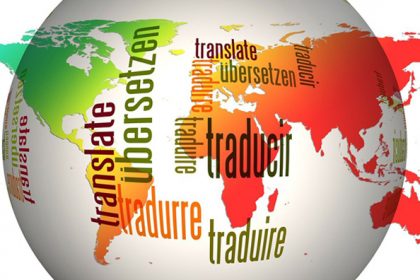


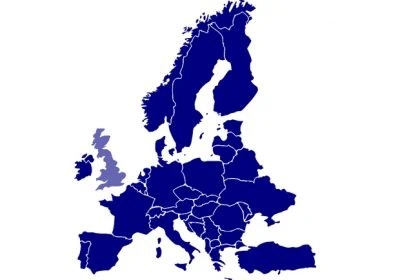
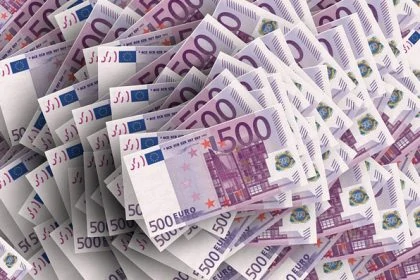
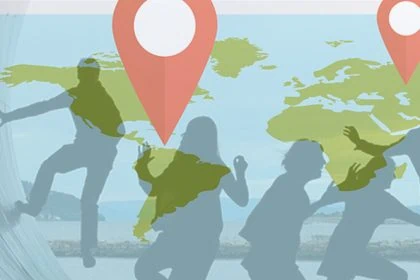
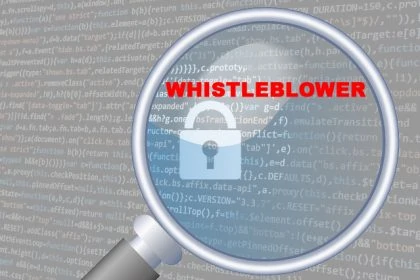
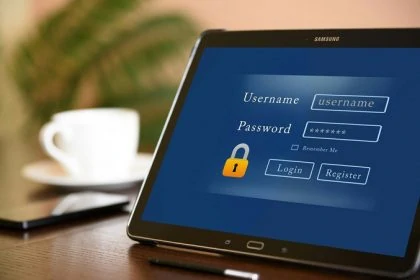
Leave a Reply